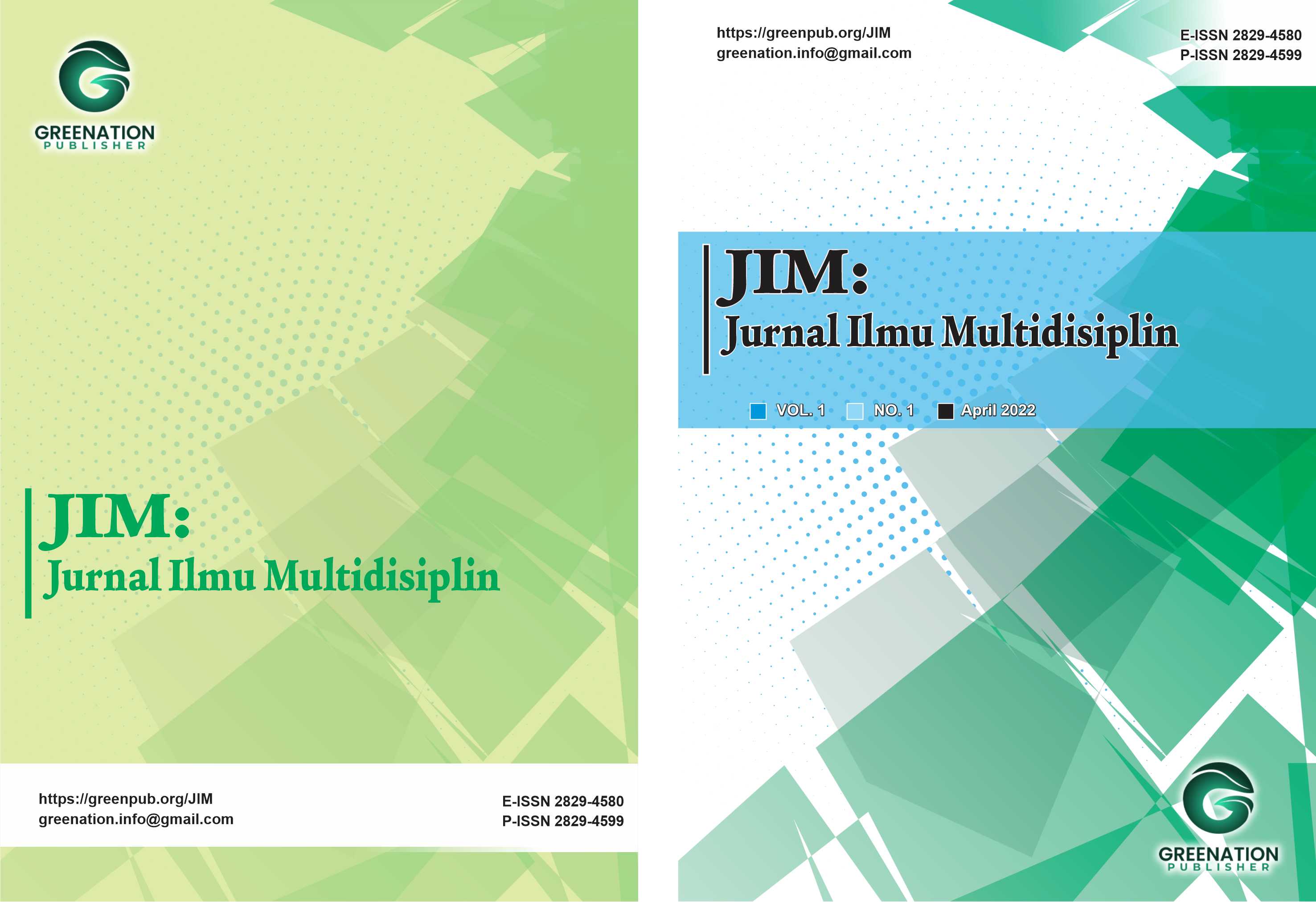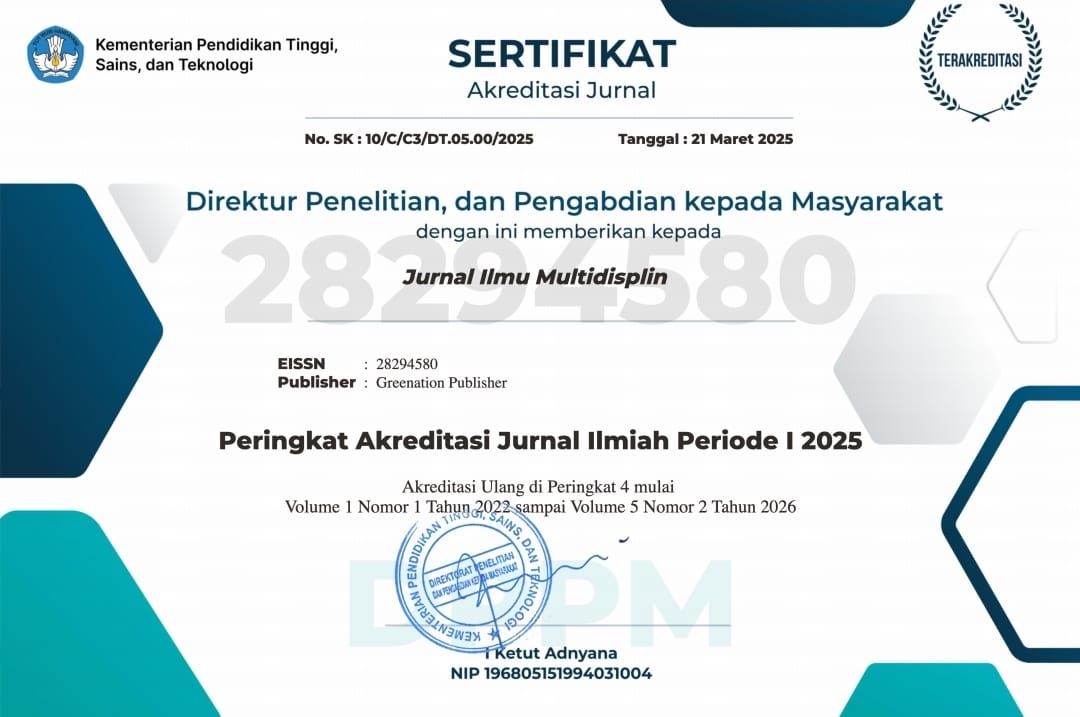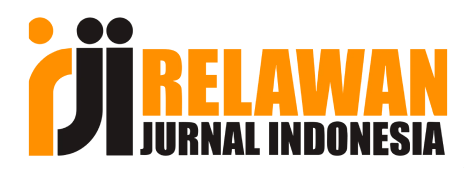Integrasi Keselamatan dan Kesehatan Kerja dalam Proyek Konstruksi Ramah Lingkungan: Sebuah Tinjauan Literatur Sistematis
DOI:
https://doi.org/10.38035/jim.v4i3.1103Keywords:
Keselamatan dan Kesehatan Kerja, Konstruksi Hijau, Proyek Berkelanjutan, Manajemen Risiko, Tinjauan LiteraturAbstract
Dalam era konstruksi modern yang semakin menekankan prinsip keberlanjutan, aspek keselamatan dan kesehatan kerja (K3) memegang peranan krusial yang tidak dapat dikesampingkan. Artikel ini menyajikan suatu tinjauan literatur sistematis untuk mengevaluasi sejauh mana prinsip-prinsip K3 telah terintegrasi dalam praktik konstruksi ramah lingkungan. Kajian ini merujuk pada berbagai studi internasional yang relevan serta regulasi nasional, seperti Undang-Undang Nomor 1 Tahun 1970, Peraturan Pemerintah Nomor 50 Tahun 2012, dan Permen PUPR Nomor 9 Tahun 2021. Hasil kajian menunjukkan bahwa keberhasilan integrasi K3 dalam proyek konstruksi hijau sangat dipengaruhi oleh perencanaan awal yang komprehensif, penguatan budaya keselamatan, serta pemanfaatan teknologi digital seperti Building Information Modeling (BIM) dan Internet of Things (IoT). Namun demikian, tantangan yang dihadapi mencakup keterbatasan sumber daya, kompleksitas teknis di lapangan, serta rendahnya tingkat kepatuhan terhadap peraturan yang berlaku. Artikel ini menegaskan pentingnya kolaborasi lintas sektor dalam memperkuat implementasi K3 untuk mendukung tercapainya tujuan pembangunan berkelanjutan.
References
Adhiputra, I. G. G. J., Sinarta, I. N., & Agustini, N. K. A. (2024). Study of the application green construction in testing the functional feasibility of main praja office Denpasar. Journal of Infrastructure Planning and Engineering, 3(1), 12–17. https://doi.org/10.22225/jipe.3.1.2024.12-17
Allen, J. G., MacNaughton, P., Laurent, J. G. C., Flanigan, S. S., Eitland, E. S., & Spengler, J. D. (2015). Green buildings and health. Current Environmental Health Reports, 2(3), 250–258. https://doi.org/10.1007/s40572-015-0063-y
Braun, V., & Clarke, V. (2006). Using thematic analysis in psychology. Qualitative Research in Psychology, 3(2), 77–101. https://doi.org/10.1191/1478088706qp063oa
Feng, Y., & Zhang, P. (2023). Construction workplace trends and work health and safety. Buildings, 13(5), 1182. https://doi.org/10.3390/buildings13051182
Frontiers in Political Science. (2024). The implementation of green construction in IKN development: Sustainable triangle + SDGs. Frontiers in Political Science, 6, 1489034. https://doi.org/10.3389/fpos.2024.1489034
Gu, J., Guo, F., Peng, X., & Wang, B. (2023). Green and sustainable construction industry: A systematic literature review of the contractor’s green construction capability. Buildings, 13(2), 470. https://doi.org/10.3390/buildings13020470
International Organization for Standardization. (2018). ISO 45001:2018 Occupational health and safety management systems – Requirements with guidance for use. International Organization for Standardization.
Mosly, I. (2016). The integration of worker safety and health into sustainable construction practices: A review. In P. Arezes (Ed.), Advances in Safety Management and Human Factors (Vol. 491, pp. 223–230). Springer. https://doi.org/10.1007/978-3-319-41929-9_21
Nature Sustainability. (2024). Digital technologies for construction sustainability: Status quo and future directions. Nature Sustainability. https://doi.org/10.1038/s44296-024-00010-2
Nguyen, H. D., & Macchion, L. (2023). Risk management in green building: A review of the current state of research and future directions. Environment, Development and Sustainability, 25, 2136–2172. https://doi.org/10.1007/s10668-022-02168-y
Oni, O. Z., Olanrewaju, A., & Khor, S. C. (2023). Review of critical success factors affecting Malaysia’s construction industry’s sustainable health and safety practices. Frontiers in Engineering and Built Environment, 3(1), 48–62. https://doi.org/10.1108/FEBE-05-2022-0019
Rajendran, S., Gambatese, J., & Behm, M. (2009). Impact of green building design and construction on worker safety and health. Journal of Construction Engineering and Management, 135(10), 1058–1066. https://doi.org/10.1061/(ASCE)0733-9364(2009)135:10(1058)
Snyder, H. (2019). Literature review as a research methodology: An overview and guidelines. Journal of Business Research, 104, 333–339. https://doi.org/10.1016/j.jbusres.2019.07.039
Suárez-Sánchez, F. A., Carvajal-Peláez, G. I., & Catalá-Alís, J. (2017). Occupational safety and health in construction: A review of applications and trends. Industrial Health, 55(3), 210–218. https://doi.org/10.2486/indhealth.2016-0108
Zhang, F., Xu, F., & Chen, Y. (2022). BIM for safety: Applying real-time monitoring technologies. Applied Sciences, 15(4), 2218. https://doi.org/10.3390/app15042218
Zhang, X., & Mohandes, S. R. (2020). Occupational health and safety in green building construction projects: A holistic Z-numbers-based risk management framework. Journal of Cleaner Production, 275, 122788. https://doi.org/10.1016/j.jclepro.2020.122788
Downloads
Published
How to Cite
Issue
Section
License
Copyright (c) 2025 Siti Yuliani, Robiana Modjo

This work is licensed under a Creative Commons Attribution 4.0 International License.
You are free to:
- Share— copy and redistribute the material in any medium or format
- Adapt— remix, transform, and build upon the material for any purpose, even commercially.
The licensor cannot revoke these freedoms as long as you follow the license terms.
Under the following terms:
- Attribution— You must give appropriate credit, provide a link to the license, and indicate if changes were made. You may do so in any reasonable manner, but not in any way that suggests the licensor endorses you or your use.
- No additional restrictions— You may not apply legal terms or technological measures that legally restrict others from doing anything the license permits.
Notices:
- You do not have to comply with the license for elements of the material in the public domain or where your use is permitted by an applicable exception or limitation.
- No warranties are given. The license may not give you all of the permissions necessary for your intended use. For example, other rights such as publicity, privacy, or moral rightsmay limit how you use the material.




























